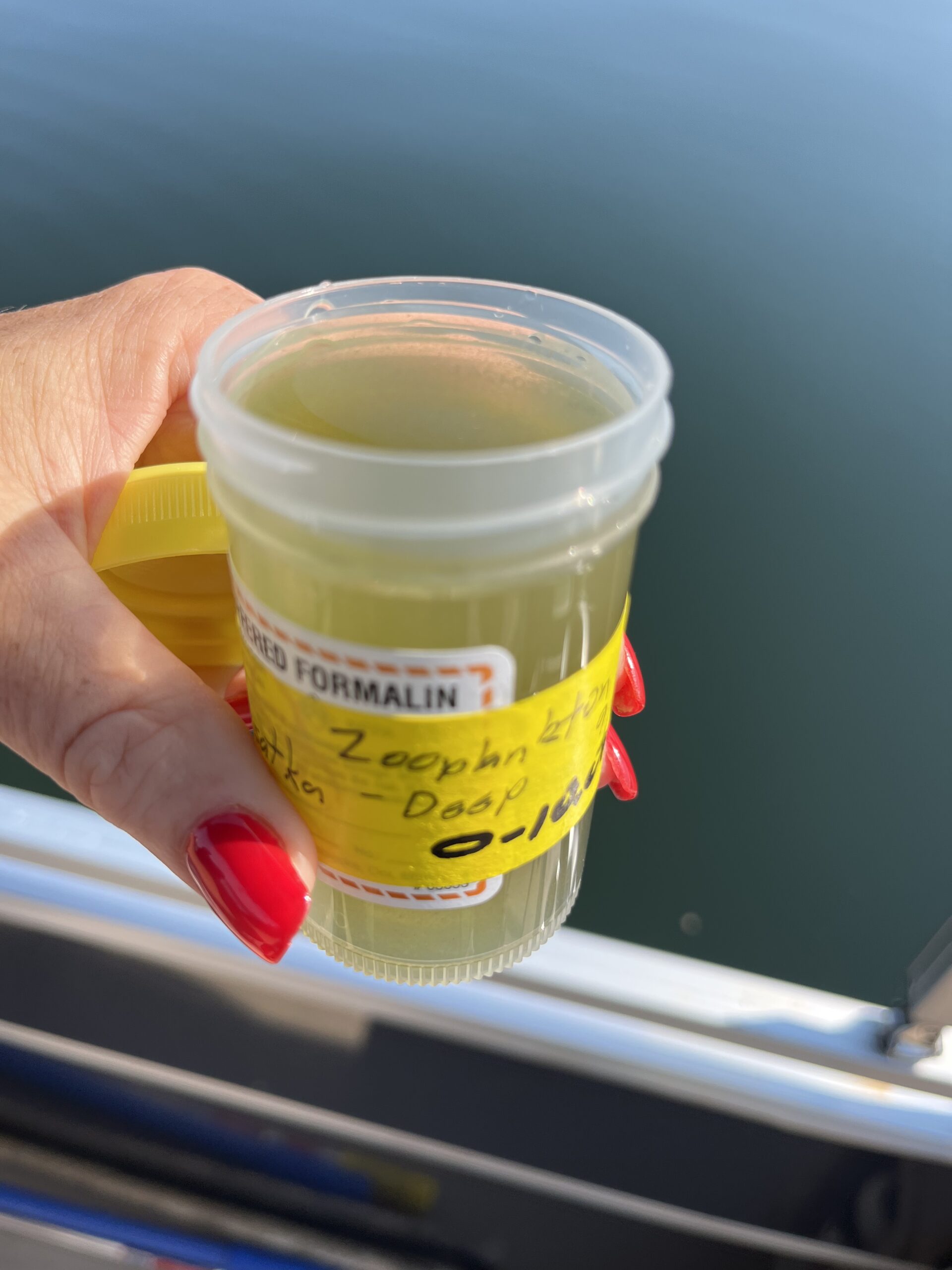Water Quality Monitoring

The Lake Kanasatka Association participates in the Lakes Lay Monitoring Program (LLMP) which is administered jointly through the UNH Cooperative Extension Natural Resources Program Team and the Center for Freshwater Biology at the University of New Hampshire (UNH). This volunteer-based, citizen science program provides valuable data on the lakes of New Hampshire. More than 1100 volunteers across the state have participated in this program since the beginning of the monitoring efforts in 1979.
LLMP Water Quality Monitoring Reports
Please note that these reports show a summary of information for the last 4 years. When the 2022 reports are available they will be added below. The LLMP Program discontinued creating full reports in 2018, which is why that is the only year where the highlight and full report are shown. To view the reports for waterbodies around the state, use the LLMP Mapper.
Lake Kanasatka
2024 Highlight Report
2023 Highlight Report
2022 Highlight Report
2021 Highlight Report
2020 Highlight Report
2019 Highlight Report
2018 Highlights/ Full Report
Wakondah Pond
2024 Highlight Report
2023 Highlight Report
2022 Highlight Report
2021 Highlight Report
Water Quality Presentations
July 2022
July 2021
July 2019
July 2018
Photos courtesy of Laura Diemer, FBE
Thank you to UNH for loaning LKWA the water quality monitoring equipment in the photos below!
Cyanobacteria Blooms of New Hampshire
Click above for the Presentation from NH Lakes by Dr Amanda McQuaid of NHDES
Questions about latest Cyanbacteria Bloom Sat. July 24, 2021
We are getting a lot of questions on if it’s safe to swim or use the lake. You can continue to do so as long as you are vigilant and aware of the water and any changes while you, your children, your guests, your pets are in the water. This new cyanobacteria bloom is not the lake-wide version we had last year that shut the lake down. This type of bloom will usually appear along the shoreline or very close to shore and come and go quickly, often in less than an hour. They are often along the windward shore, and typically earlier in the day. Everyone is responsible for staying vigilant and ensuring their own safety, and reporting any changes to the Rapid Response Team or the Water Quality Chair.












